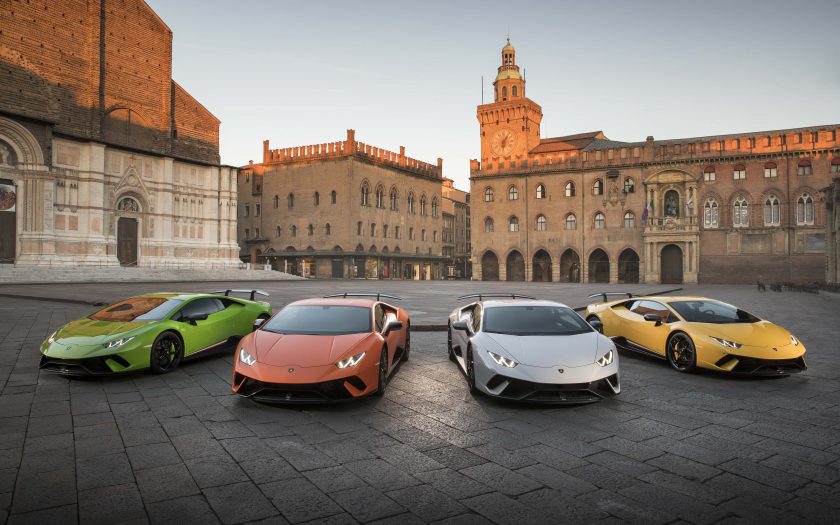IF YOU WANT TO SPEND YOUR SUPER before the next financial meltdown, this may be the ideal option: Lamborghini’s new Huracán EVO V10 supercar.
The new model is based on the Huracán Performante (why does everything sound so much sexier in Italian?) and incorporates, in Lamborghini’s words, “next-generation vehicle dynamic control and aerodynamics”.

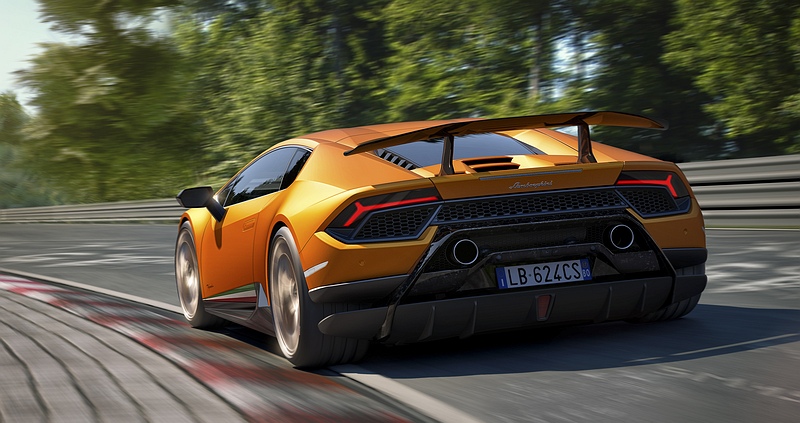
The Huracán EVO features the 5.2-litre naturally aspirated Lamborghini V10 engine, uprated to produce higher power output with Titanium intake valves and refined lightweight exhaust system. This all results in an eye-watering 470kW at 8000rpm and 600Nm of torque delivered at 6500rpm. Combined with a dry weight of 1422kg, the Huracán EVO is so far beyond anything you can do with it in Australia as to be utterly illogical. But who ever buys a supercar because it’s logical? Zero to 100km/h is despatched in what is becoming the benchmark for supercars, just 2.9 seconds. Even 200km/h, illegal on any public Australian road, is reached in just 9.0 seconds. Of course, such speeds require equally impressive braking and the Huracán can stop from 100km/h in just 31.9 metres. Top speed is 325km/h.
Adding to the high-tech spec is rear wheel steering and a torque vectoring system operating on all four wheels. Naturally, there’s a central processing unit controlling all this (called Lamborghini Dinamica Veicolo Integrata) that integrates all of the car’s dynamic systems and anticipates the driver’s needs and next move.

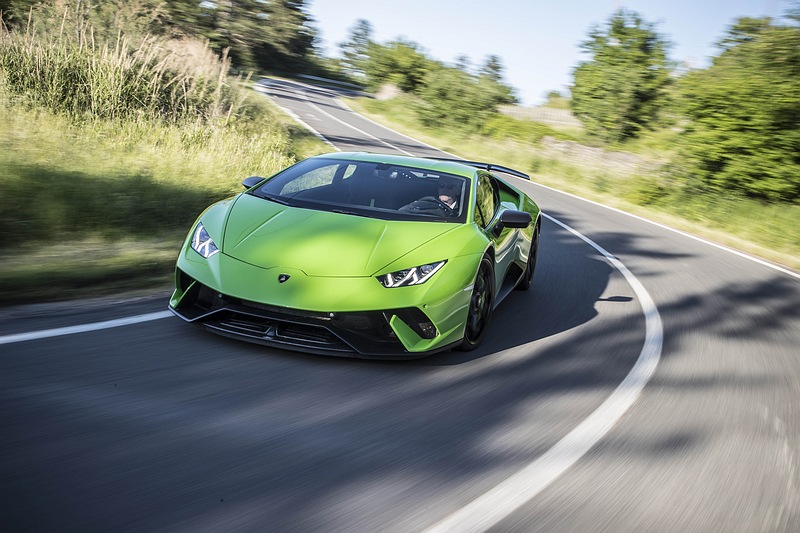
Of course, there’s a whole raft of other highly technical innovations that will be of interest only to Lamborghini fanatics and will bore the rest of us into a glazed-eye stupor. These include dynamic steering, active suspension, all-wheel drive grip estimation and “feed forward logic” implemented through the dynamic controller. Strada, Sport or Corsa settings further refine driver involvement. In Strada, the Huracán is “agile and capable”; in Sport it “becomes playful, intuitive and extremely exciting”; selecting Corsa, the Huracán is “sharp, reactive and exhilarating for the most extreme driving environments, such as racetracks”. It’s hard to imagine such a weapon ever feeling “playful”, but who are we to argue with Lamborghini?
The design has been developed with an eye to aerodynamics, but at the speeds most owners will travel (especially in Australia), they should simply be assessed on visual appeal – and anyone who loves cars can’t fail but to be entranced.
Now that Lamborghini is overseen by parent Audi, the bad old days of Italian quirks and omission of important driver features are a thing of the past. The Lambo gets an 8.4-inch touchscreen to control all of the car’s functions, including seats, climate and the status of the LDVI system in real time, plus smartphone integration, Apple CarPlay, connected navigation and entertainment and voice activation and Siri are part of the package.

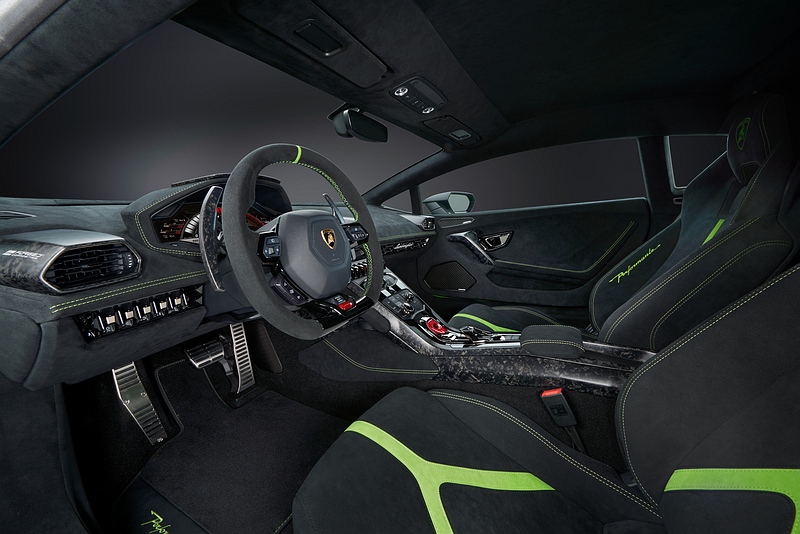
The Huracán comes in Arancio Xanto (“arancio” is Italian for orange, and “xanto” doesn’t seem to mean anything) and sits on new 20-inch Aesir rims, exclusive to the EVO. Interior trim is in Alcantara and leather, with details in a complementing Arancio Dryope. Buyers are spoilt for choice (at additional cost) with bi-colour and other trim options, Alcantara, lightweight materials and customisable ambient cabin lights.
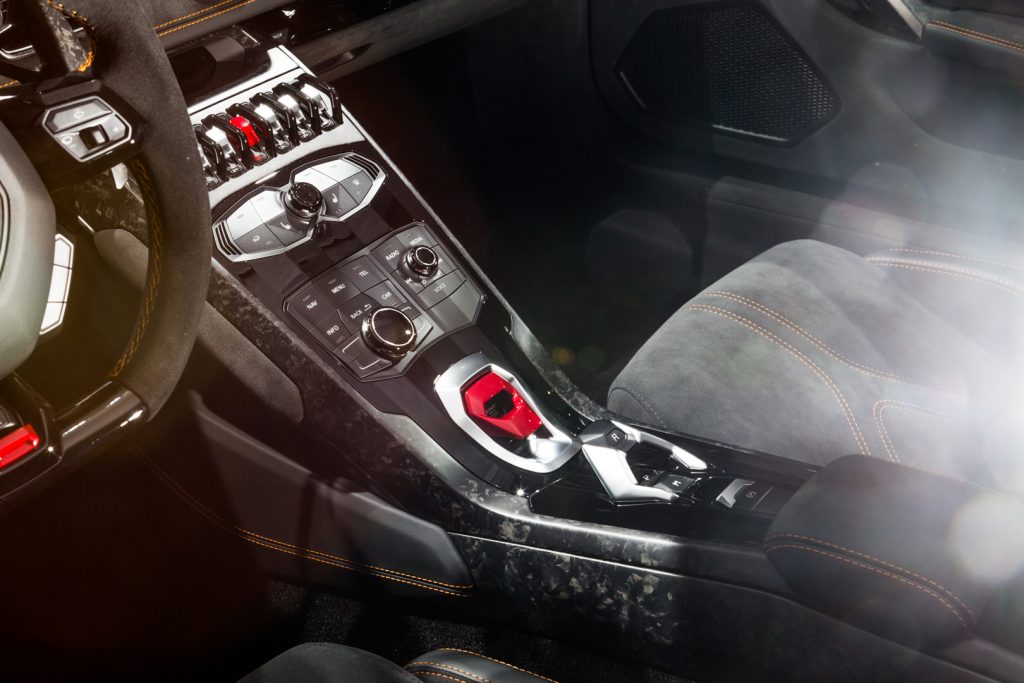
Delivery begins in the (northern hemisphere) Spring with prices not disclosed for Australia (but they will be substantial). European prices start at EURO 184,034 (plus taxes), GBP 165,256 and USD 261,274 in the USA. Don’t bother doing a currency conversion because these prices will bear little, if any, relation to the Australian list price which we will bring you when it is announced.
